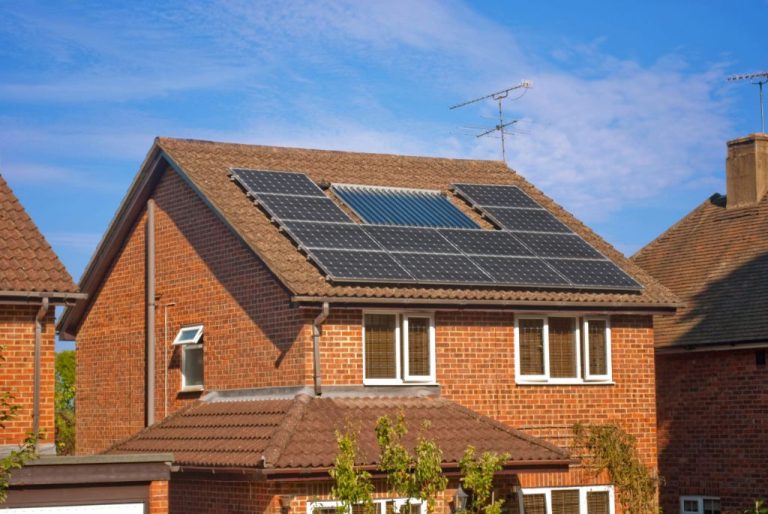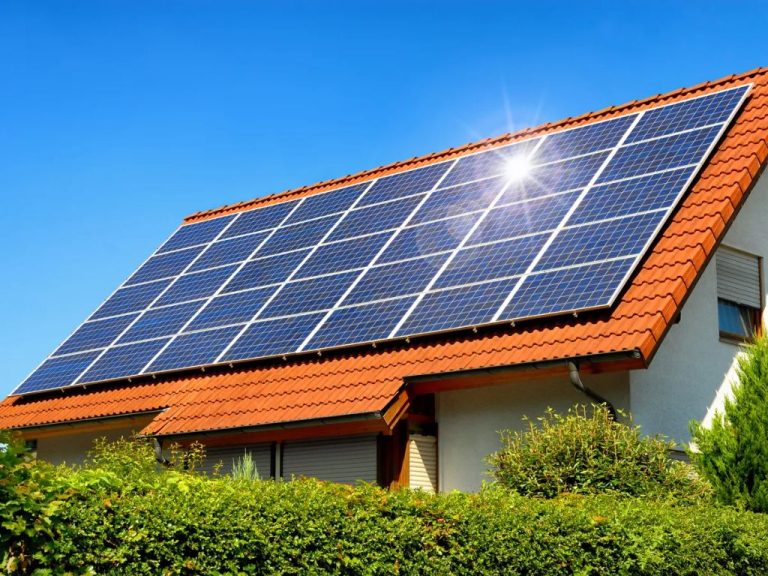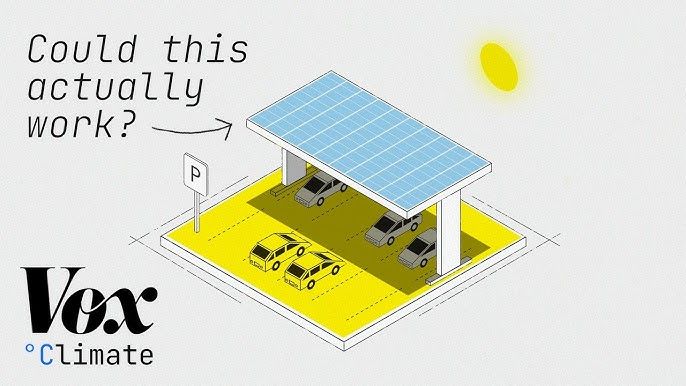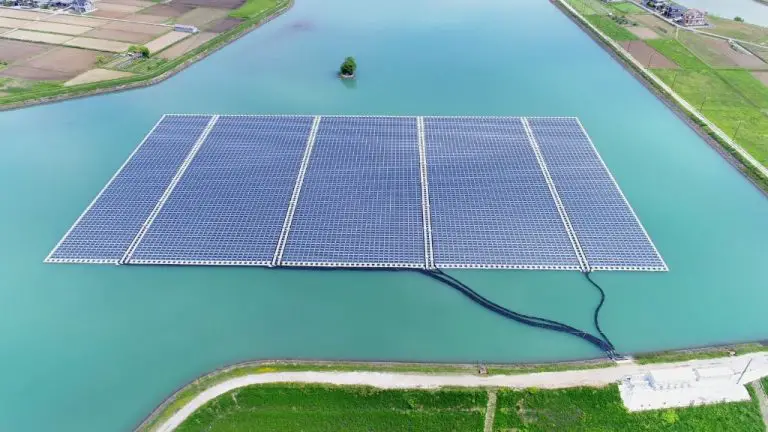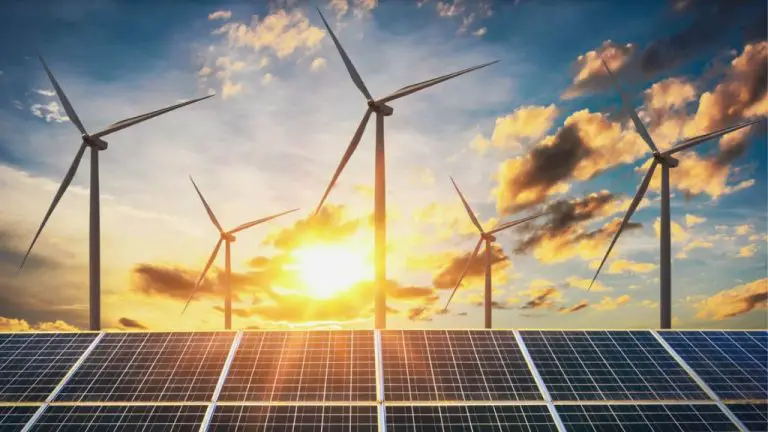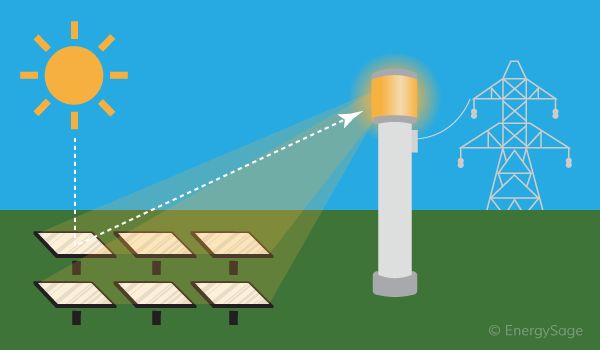Do Solar Panels Ever Run Out?
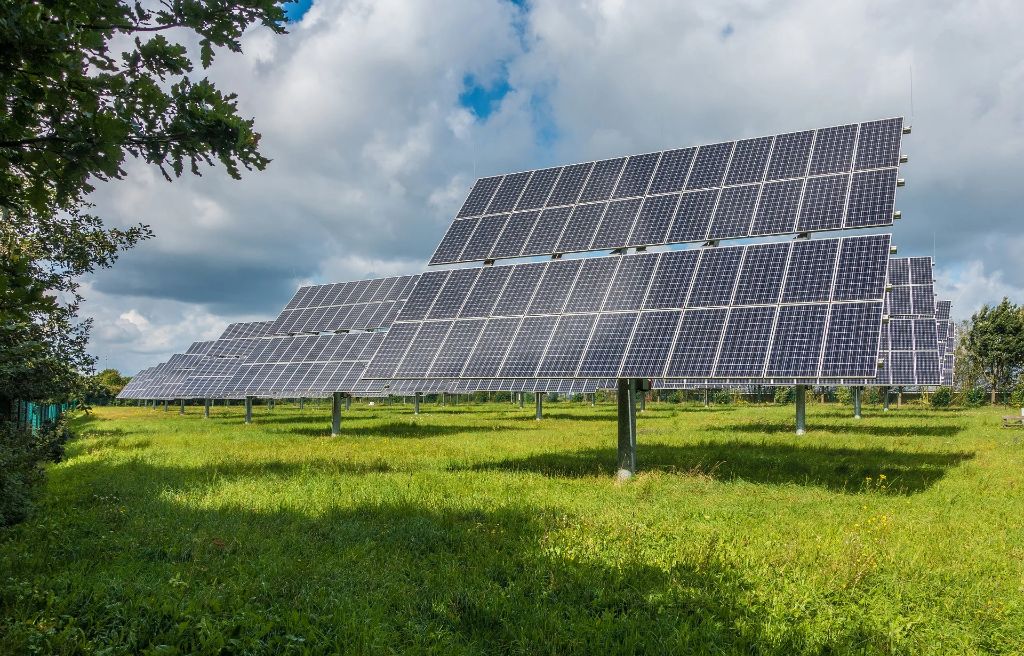
In the past decade alone, the average annual growth rate for solar energy has been about 24% (https://www.seia.org/solar-industry-research-data). With such rapid growth, the solar industry now accounts for about 3.4% of total electricity generation in the U.S., up from just 2.8% in 2021 (https://www.ecowatch.com/solar-energy-statistics.html). Clearly, solar power is on the rise and becoming an increasingly important part of our energy mix. But with all this growth and reliance on solar panels, an important question arises – do solar panels ever run out?
How Solar Panels Work
Solar panels convert sunlight into electricity through the photovoltaic effect. When photons from sunlight hit the solar cell, they transfer their energy to the semiconductor material, causing electrons to be knocked loose from their atoms. The freed electrons can then flow through the material to produce electricity (1).
Solar cells are made of semiconductor materials like silicon that have electrical properties between insulators and conductors. When sunlight hits the cell, the photons excite electrons in the semiconductor material to higher energy states. This frees the electrons to flow and generate current. The photovoltaic effect causes the generation of voltage or electric potential as well (1).
Solar cells are wired together to form solar panels or modules. The current and voltage from the solar cells combine to provide power output. Solar inverters convert the DC power from the solar panels to AC power that can be used for household appliances and fed back into the electrical grid (1).
(1) https://pickmysolar.com/how-solar-panels-work/
Solar Panel Lifespans
The average lifespan of solar panels is typically 25-30 years. Most solar panel manufacturers provide a 25 year performance warranty, guaranteeing that the panels will maintain at least 80% of their rated power output for that period. However, studies have shown that many solar panels continue performing well beyond their warranty period.
According to a 2016 study by the National Renewable Energy Laboratory (NREL), solar panels can last much longer than their warranty period, with proper maintenance and care. The NREL study examined data on degradation rates for over 100,000 panels across different manufacturers. They found the median degradation rate to be only 0.5% per year. At this rate, a solar panel would still be producing over 80% of its original rated power after 35 years of operation [1].
Real-world examples support these findings. One of the oldest solar arrays still functioning is at the University of Sydney in Australia. Installed in 1988, after over 30 years these panels are still generating electricity at over 90% of their rated capacity [2]. With proper maintenance, quality solar panels are expected to last 35-40 years or longer before needing replacement.
Degradation Over Time
Solar panels lose efficiency slowly over time, a phenomenon known as degradation. This is a normal part of the aging process for solar panels. Most quality solar panels will lose around 0.5-0.7% of their efficiency per year on average, according to RatedPower.com and SolarReviews.com. The total degradation over 25-30 years is about 20-35%, after which point panels typically need replacement.
SolarReviews.com provides sample degradation numbers for high quality tier 1 panels vs slightly lower grade tier 2 panels. Over 25 years, tier 1 panels degraded 6.96% after 10 years and 18.82% after 25 years. In comparison, tier 2 panels declined 11.33% after 10 years and 30.33% after 25 years (SolarReviews).
The degradation happens due to long-term exposure to harsh weather elements like UV rays, wind, rain snow, and thermal cycles. The solar cells lose their structural integrity and slow down in efficiency at the atomic level over time. Inverters and other electrical components can also degrade over time. Regular maintenance and upkeep can reduce the degradation rate.
Repairs and Replacements
Solar panels can last 20-25 years, but may occasionally need repairs or replacement of certain components. According to HomeAdvisor, the average cost for a solar panel replacement is around $150 per panel, while repair costs are around $100 per hour of labor [1]. Factors like panel technology, system size, and labor rates impact overall costs.
Specific parts like junction boxes, connectors, and the backing sheet can be repaired or replaced individually as needed. This allows solar panels to remain functional longer before whole unit replacement is required. Proper maintenance like cleaning can further extend lifespan. With repairs and selective component swap outs, solar panel systems can function well past their warrantied lifetime.
When whole unit replacement is eventually needed, recycling options are available, and newer technologies make replacements even more efficient. Though adding costs down the road, the ability to repair and replace panels means solar power systems can continue producing clean energy for decades.
Recycling Solar Panels
At the end of their lifespan, most solar panels can be recycled through a specialized recycling process. The goal of solar panel recycling is to recover as much of the raw materials as possible for reuse, while also properly disposing of any toxic materials like lead or cadmium. According to one source, over 90% of the materials in a typical silicon solar panel can potentially be recovered and recycled [1].
The solar panel recycling process begins by removing the aluminum frame and junction box. The panel is then crushed or shredded to separate the different layers and materials. Useful recovered materials include silicon, silver, copper, aluminum, and glass. Hazardous materials like lead are disposed of properly. Silicon solar panels tend to have high recycling rates, while thin-film solar panel recycling can be more complex depending on the technologies used [2].
Recycling keeps solar panel materials out of landfills and offsets the need for new raw material extraction. As solar deployment grows worldwide, establishing effective solar panel recycling infrastructure will be an important sustainability goal for the industry [3].
New Technologies
There are some exciting innovations on the horizon that could extend the useful lifespan of solar panels. For example, researchers are developing more durable solar cell materials like perovskites that can better withstand degradation over time (Source). Tesla and Panasonic are working on solar shingles that seamlessly integrate with roofing materials (Source). Another emerging technology is solar skin, a flexible and lightweight solar material that could be added to building facades or other structures (Source). These new solar panel technologies aim to lower costs, improve efficiency, and extend the functional lifespan to 30 or 40 years. As solar R&D continues to rapidly advance, we can expect panels in the future to last longer and provide carbon-free power for decades to come.
Other System Components
While solar panels themselves can last 20-30 years, there are other components to a solar energy system that may need repairs or replacements sooner. This includes inverters, wiring, connectors, and mounting equipment.
Inverters play a critical role in converting the DC electricity generated by solar panels into usable AC electricity for your home. However, inverters typically have a shorter lifespan of around 10-15 years. So you may need to replace your inverter one or more times over the lifespan of your solar panel system.
Wiring and electrical connectors are also subject to degradation from weather exposure, thermal cycling, UV rays, and more. Any compromised wiring or connectors should be promptly replaced to maintain safety and performance. The mounting equipment, like railings and brackets, will also require inspection and occasional repairs or replacements as needed.
By properly maintaining these other system components, you can help ensure your overall solar energy system continues operating efficiently over its full lifetime, even as the solar panels themselves age.
The Future of Solar
The future looks bright for solar energy. According to projections, solar power capacity is expected to grow exponentially in the coming decades. One report predicts that by 2050, solar could provide up to 40% of global electricity needs (https://energy5.com/revolutionizing-solar-energy-with-advanced-software-technology).
Several key innovations are driving rapid growth in solar technology. Researchers are developing more efficient solar cell materials that can convert a greater percentage of sunlight into electricity. There are also advances in solar tracking systems to optimize energy capture as well as smart inverters and grid integration technologies to better manage solar power on the electric grid.
Companies are leveraging artificial intelligence and advanced software to lower costs and maximize productivity of solar installations (“The Future of Solar Energy: Industry Experts Reveal All”). Emerging thin, flexible solar panels also open up new possibilities for integrating solar onto buildings, vehicles, clothing and more.
Governments, businesses and consumers around the world are investing heavily in solar power and renewable energy. As costs continue to decrease, solar is becoming increasingly competitive with fossil fuel energy sources. The future is bright for innovative solar technologies to keep growing and providing clean, sustainable energy worldwide.
Conclusion
In summary, solar panels can provide decades of clean energy with minimal maintenance required. While solar panels themselves do degrade slowly over time, losing a fraction of their efficiency each year, the panels often continue generating electricity at a high capacity for 20-30 years or longer. With solar panel recycling, technology improvements, and proper system maintenance, solar energy remains one of the most sustainable long-term energy solutions available today. Going solar is a smart investment in your home or business that will pay dividends for many years through electricity bill savings and energy independence.

